Name Steve Mann | Role Researcher | |
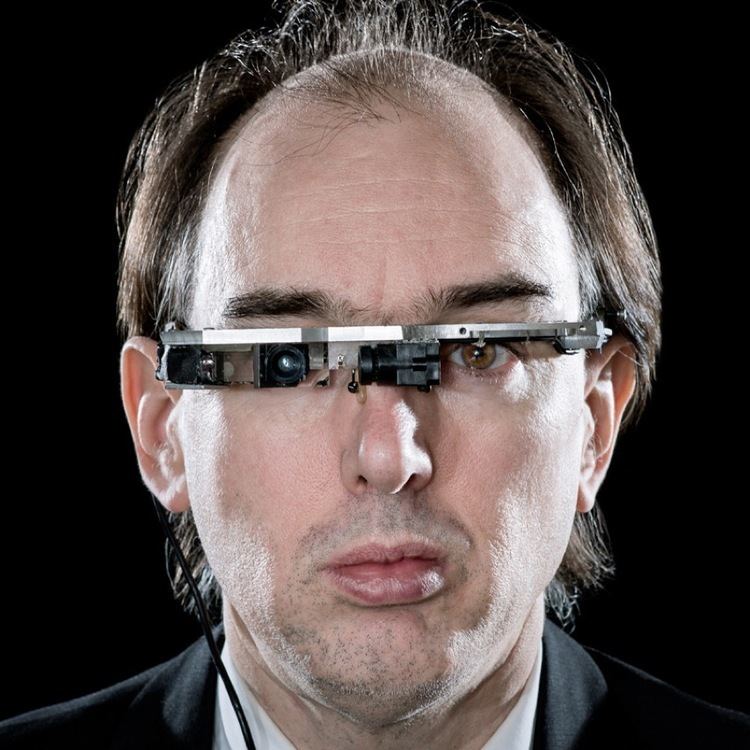 | ||
Known for Wearable computing, High dynamic range imaging, Chirplet transform, Hydraulophone, Natural user interface, Scratch input, Mobile blogging, Sousveillance Education Massachusetts Institute of Technology, McMaster University Books Intelligent Image Processing, Microsoft SharePoint Server 20, The Wireless Applicatio, PowerShell for SharePoi, SharePoint 2010 Field Guide Similar People Thad Starner, Kevin Warwick, Neil Harbisson, Stelarc, Pranav Mistry | ||
Digifest 2015 dr steve mann digital pioneer award
Steven Mann (born 1962) is a Canadian researcher and inventor best known for his work on computational photography, particularly wearable computing and high dynamic range imaging.
Contents
- Digifest 2015 dr steve mann digital pioneer award
- In conversation with steve mann the godfather of wearable tech
- Early life and education
- Career
- Ideas and inventions
- Anonequity project
- Media coverage
- Publications
- McVeillance and the Mann Wassel Law
- News coverage
- References
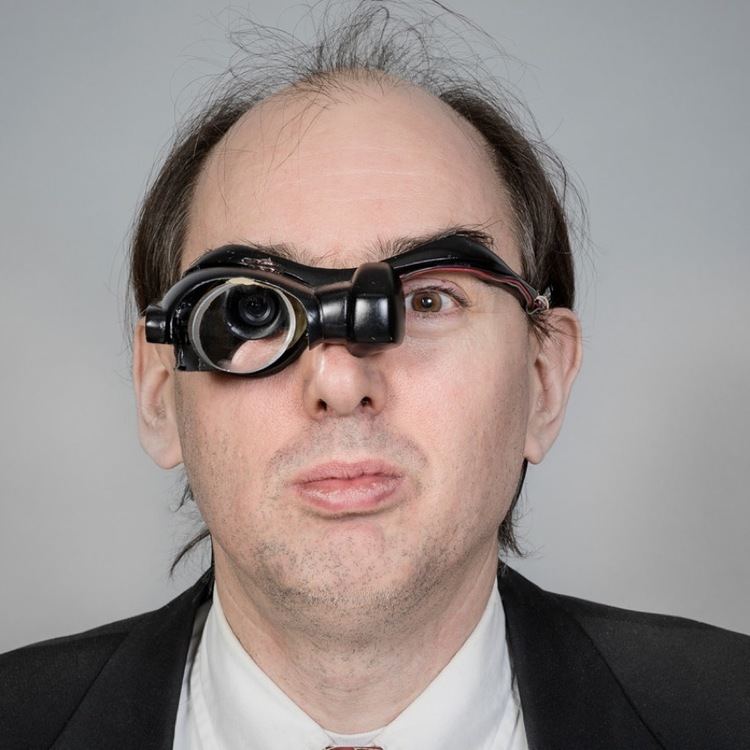
In conversation with steve mann the godfather of wearable tech
Early life and education
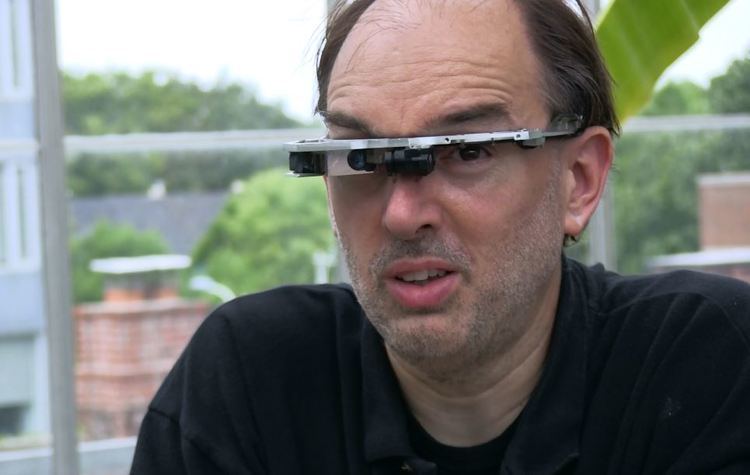
Mann holds a PhD in Media Arts (1997) from the Massachusetts Institute of Technology and a B.Sc., B.Eng. and M.Eng. from McMaster University in 1987, 1989 and 1992, respectively. He was also inducted into the McMaster University Alumni Hall of Fame, Alumni Gallery 2004, in recognition of his career as an inventor and teacher. While at MIT, in then Director Nicholas Negroponte's words "Steve Mann … brought the seed" that founded the Wearable Computing group in the Media Lab and "Steve Mann is the perfect example of someone … who persisted in his vision and ended up founding a new discipline." In 2004 he was named the recipient of the 2004 Leonardo Award for Excellence for his article "Existential Technology," published in Leonardo 36:1.
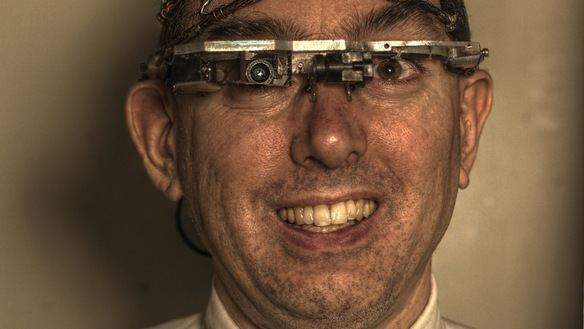
He is also General Chair of the IEEE International Symposium on Technology and Society, Associate Editor of IEEE Technology and Society, is a licensed Professional Engineer, and Senior Member of the IEEE.
Career
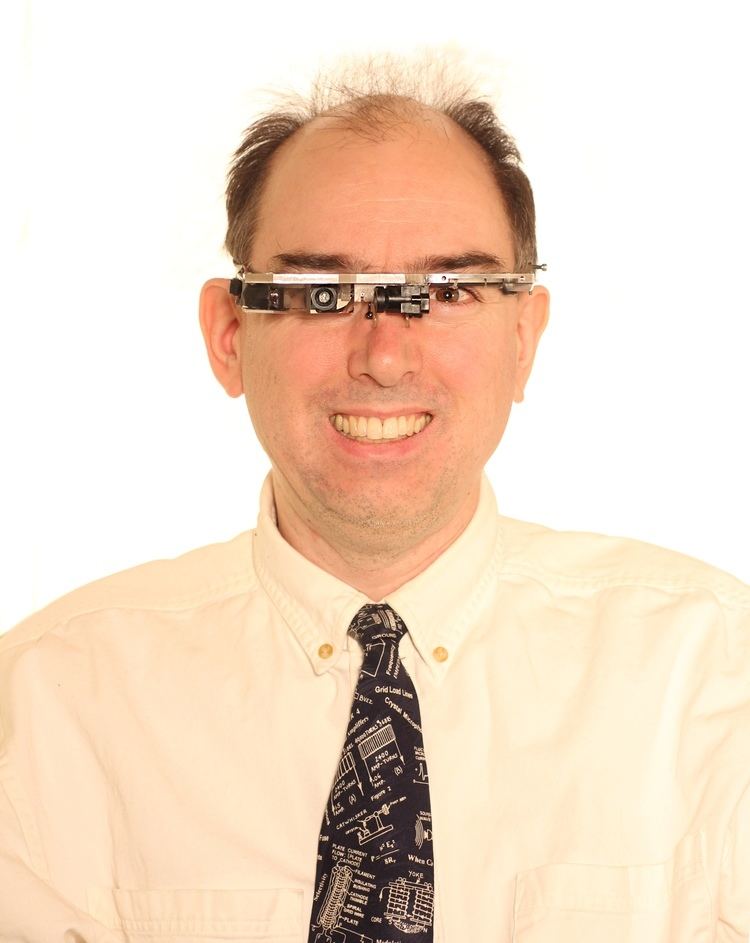
Mann is a tenured full professor at the Department of Electrical and Computer Engineering, with cross-appointments to the Faculty of Arts and Sciences, and Faculty of Forestry, at the University of Toronto, and is a Professional Engineer licensed through Professional Engineers Ontario.
Ideas and inventions
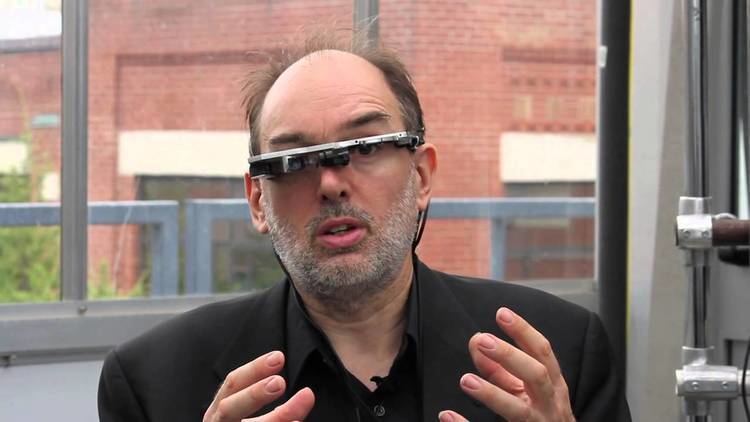
Many of Mann's inventions pertain to the field of computational photography.
Mann also works in the fields of computer-mediated reality. He is a strong advocate of privacy rights, for which work he was an award recipient of the Chalmers Foundation in the fine arts. His work also extends to the area of sousveillance (a term he coined for "inverse surveillance"). Mann and one of his PhD students, James Fung, together with some of his other students, have been building a cyborg community around the cyborg-logging concept.
His CyborGLOGS ('glogs), such as the spontaneous reporting of news as everyday experience, were an early predecessor of 'blogs and the concept of blogging, and earlier than that, his pre-internet-era live streaming of personal documentary and cyborg communities defined cyborg-logging as a new form of social networking.
Anonequity project
Mann is presently collaborating with a number of researchers including Ian Kerr, Canada Research Chair in Ethics, Law & Technology, University of Ottawa, who teaches a course on "Cyborg Law" that uses Mann's book. Mann, together with Kerr and others, are doing a SSHRC-funded project to study the Ethics, Law & Technology of anonymity, authentication, surveillance, and sousveillance, in addition to issues related to cyborg-law. The anonequity project is ongoing, and collaborator Kerr has also researched and lectured widely on implantable technologies.
Media coverage
Mann has been referred to as the "father of wearable computing", having created the first general-purpose wearable computer, in contrast to previous wearable devices that perform one specific function such as time-keeping (e.g. wristwatch), calculations (e.g. wearable abacus), such as Edward O. Thorp and Claude Shannon's, timing devices concealed in shoes cigarette packs for cheating at a game of roulette.
Mann has also been described as "the world's first cyborg" in Canadian popular press such as NOW, The Globe and Mail, National Post, and Toronto Life but has himself rejected the term "cyborg" as being too vague.
Publications
Mann is author of more than 200 publications, including a textbook on electric eyeglasses and a popular culture book on day-to-day cyborg living. Selected works:
McVeillance and the Mann-Wassel Law
On July 16, 2012, after numerous unsuccessful attempts to contact McDonald's, Mann published a first-person account of a July 1, 2012 incident from when he and his family were eating dinner at BFI Champs Elysées, a McDonald's restaurant in Paris, France, as follows (excerpt):
"I wear a computer vision system, and carry a letter from my family physician, as well as documentation on this system when I travel. I have worn a computer vision system of some kind for 34 years, and am the inventor of the technology that I wear and use in my day-to-day life. …
On the evening of 2012 July 1st, my wife and children and I went to McDonalds at 140, Avenue Champs Elysees, Paris, France, … McDonalds employee … physically assaulted me, … He angrily grabbed my eyeglass, and tried to pull it off my head. … I showed him the letter from my doctor and the documentation I had brought with me. He […] then brought me to two other persons. … After all three of them reviewed this material, … [he] angrily crumpled and ripped up the letter from my doctor. … pushed me out the door, onto the street."
Within a day, this incident was posted on reddit under the title "Steve Mann, father of wearable computing, physically assaulted by McDonald's for wearing Digital Eye Glass," quickly becoming the top post on the site. The subsequent media coverage resulted in Mann being successful in contacting McDonald's Head of Customer Service, but only to receive a denial, not an apology. Mann requested a review of the video surveillance recordings from the many surveillance cameras in this McDonald's establishment, but received no further replies from McDonald's.
Subsequently, Mann sent a much shorter letter, in French, to McDonald's Head of Customer Service, but also received no reply.
As a result of this incident, rather than bringing legal action against McDonald's, Mann teamed up with the IEEE (world's largest technical society), the ACLU, and some industry leaders such as the Pete Wassell, CEO of Augmate Corporation, to propose the Mann-Wassell law for presentation to the New York legislature, as well an IEEE conference on the topic of Veillance. The goal of this work is to create a legal, policy, and social climate to counteract the actions of companies like McDonald's, that are likely to have a chilling effect on the research and use of Augmediated Reality technologies in everyday life. In this context, Mann also formalized the concept of McVeillance as placing people under surveillance while simultaneously forbidding them from using their own cameras. More precisely, McVeillance was defined as the ratio (linearly) or difference (logarithmically) of surveillance to sousveillance. McVeillance is one of the topics of the IEEE conference.
News coverage
Additional news items soon appeared thereafter, e.g. "Broken glass: Father of wearable computing allegedly assaulted", and "What may be the world's first cybernetic hate crime...", etc. Due to the employee's alleged rough handling of the device, which he claimed was soundly attached to his head, the temporary storage buffer in the computer system could no longer be overwritten by new images, the damage to the system thus causing photos of these persons to remain stored in the glass memory. These were published, with faces concealed, on Mann's weblog. He also claims that his iPhone and the control board for the EyeTap were damaged after he was thrown out and his bladder released involuntarily, soaking the contents of his pockets. Currently, McDonald's has stated that their investigation of this issue has concluded, according to their response to Mann, and McDonald's Head of Customer Service has failed to respond to an open letter from Mann, dated 2012 August 17. McDonald's defense has been limited only to witness statements from their employees, and they have refused to answer a request that they examine their surveillance videos. A shorter letter in French, also remains unanswered. Their official statement remains somewhat out-of-date as per these more recent open letter correspondences.
